Outline
- Introduction
- Overview of baby possums in Australia
- Importance of proper care and rehabilitation
- Brief mention of alternative learning topics
- Understanding Baby Possums
- Types of possums commonly found in Australia
- Characteristics of baby possums (age, size, development stages)
- Behavior and diet in the wild
- Initial Steps for Caring for a Baby Possum
- Assessing the situation: determining if intervention is needed
- Ensuring safety: handling and containment
- Legal considerations: permits and wildlife regulations
- Feeding a Baby Possum
- Appropriate diet and nutrition
- Feeding schedule and techniques
- Common feeding issues and solutions
- Providing a Suitable Environment
- Creating a safe and comfortable habitat
- Temperature and humidity control
- Enrichment and stimulation for development
- Health and Medical Care
- Common health issues in baby possums
- Signs of distress or illness
- When to seek veterinary care
- Rehabilitation and Release
- Preparing for eventual release into the wild
- Socialization and behavioral training
- Criteria for successful release
- Alternative Learning Topics
- Conservation efforts for possums in Australia
- Differences between possums and opossums
- Role of wildlife carers and rehabilitation centers
- Conclusion
- Recap of key points
- Importance of responsible wildlife care
- Encouragement for further learning and involvement
How to Care for a Baby Possum in Australia
Introduction
Caring for a baby possum in Australia is a task that requires knowledge, compassion, and dedication. Possums are unique marsupials native to Australia, and they play a significant role in the country’s ecosystems. Unfortunately, many baby possums become orphaned or injured due to habitat loss, road accidents, or predation. Understanding how to properly care for and rehabilitate these vulnerable creatures is crucial for their survival and eventual return to the wild.
This article will provide a comprehensive guide on caring for a baby possum, covering essential topics such as feeding, habitat requirements, health care, and rehabilitation. Additionally, we’ll explore alternative learning topics that offer valuable insights into the conservation and management of possum populations in Australia. Whether you’re a wildlife carer, a veterinarian, or simply a concerned citizen, this guide will equip you with the knowledge and tools needed to support the health and well-being of baby possums.
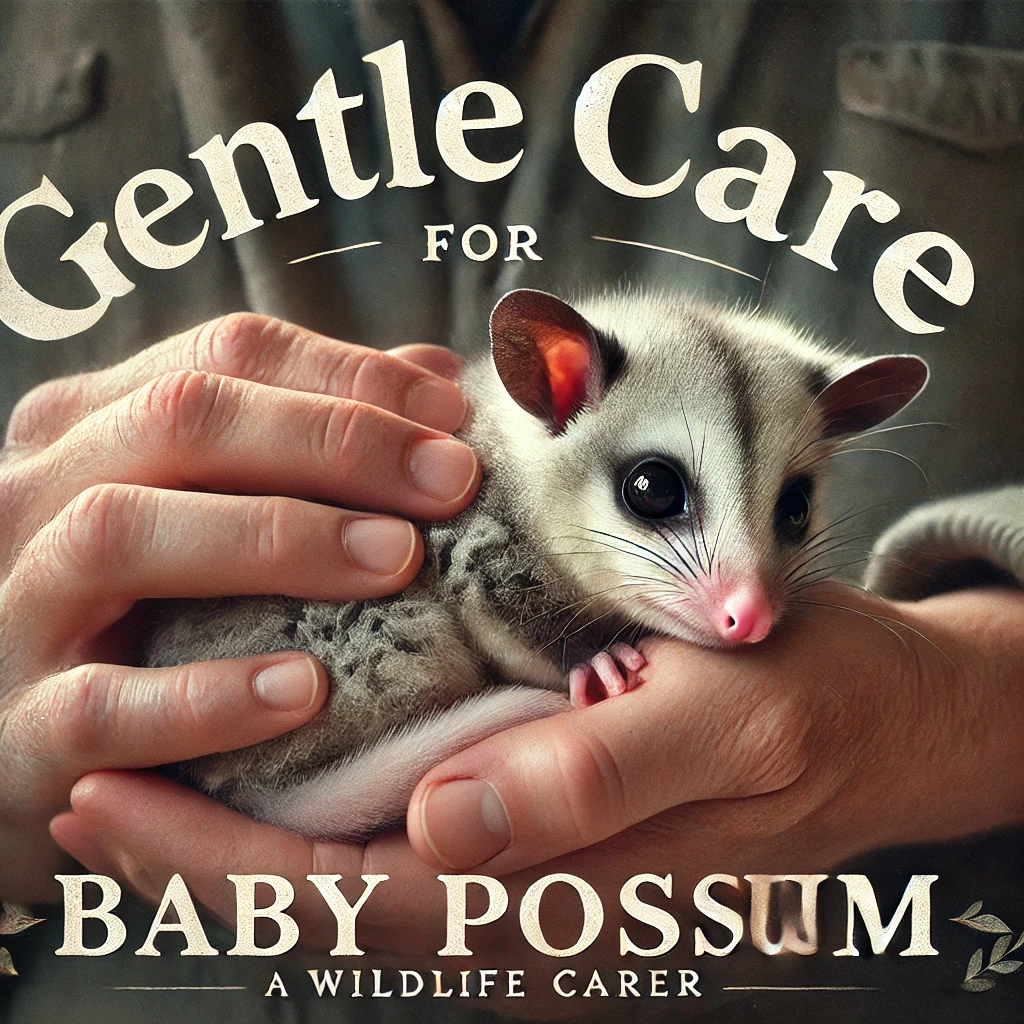
Understanding Baby Possums
Possums are marsupials belonging to the family Phalangeridae, and they are commonly found throughout Australia. Several species of possums inhabit the country, each with unique characteristics and ecological roles. Some of the most common possum species include the Brushtail Possum, Ringtail Possum, and Sugar Glider.
Characteristics of Baby Possums:
- Age and Size: Baby possums, also known as joeys, are born underdeveloped and continue to grow and mature inside the mother’s pouch. They are typically hairless and blind at birth and gradually develop fur and open their eyes as they mature.
- Development Stages: The development of a baby possum is divided into several stages, including pouch life, pouch emergence, and independence. Understanding these stages is crucial for providing appropriate care and support.
- Behavior and Diet in the Wild: In the wild, baby possums rely on their mother’s milk for nutrition during the early stages of life. As they grow, they begin to explore their surroundings and learn to forage for food, including leaves, fruits, and insects.
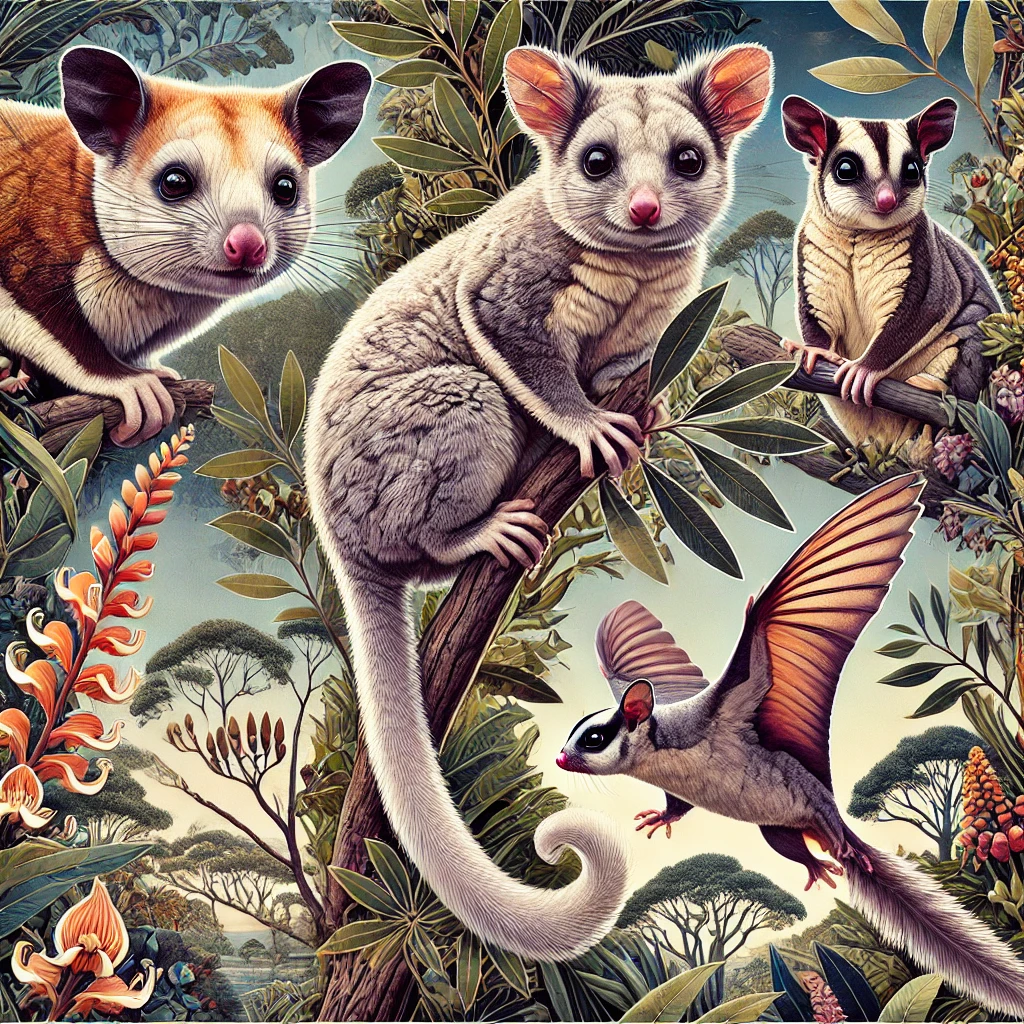
Initial Steps for Caring for a Baby Possum
When encountering a baby possum in need of care, it’s important to take the following initial steps:
Assessing the Situation:
- Determine if Intervention is Needed: Not all baby possums require human intervention. If the mother is nearby and the joey appears healthy, it may be best to leave them undisturbed. However, if the joey is injured, orphaned, or in immediate danger, intervention is necessary.
Ensuring Safety:
- Handling and Containment: When handling a baby possum, it’s important to prioritize safety and minimize stress. Use a soft cloth or towel to gently pick up the joey and place it in a secure, ventilated container lined with a soft fabric. Avoid direct contact with your hands, as this can cause stress and potentially harm the joey.
Legal Considerations:
- Permits and Wildlife Regulations: In Australia, possums are protected wildlife, and caring for them may require permits or licenses. It’s essential to familiarize yourself with local wildlife regulations and obtain any necessary permits before providing care.
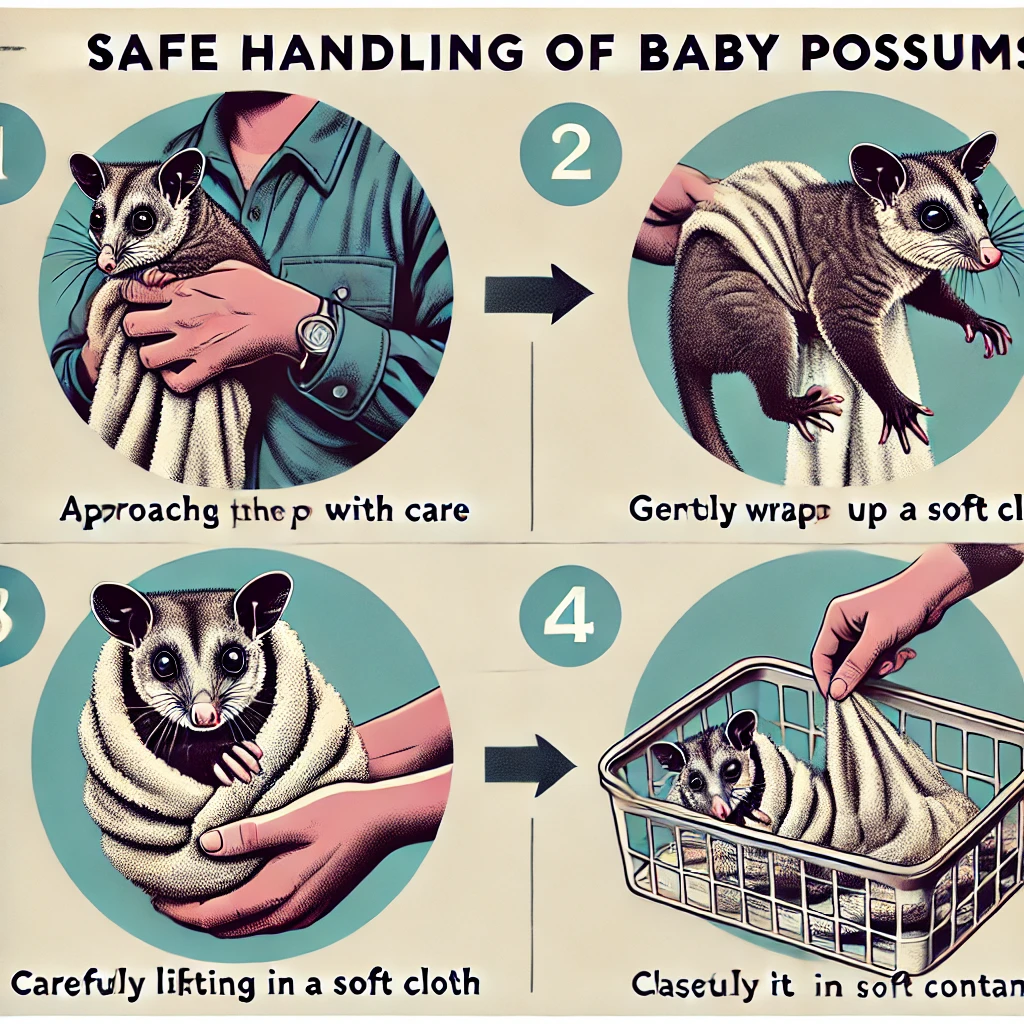
Feeding a Baby Possum
Proper nutrition is essential for the growth and development of a baby possum. Here’s how to ensure a healthy diet:
Appropriate Diet and Nutrition:
- Milk Formula: During the early stages of life, baby possums require a specialized milk formula that mimics their mother’s milk. Commercially available marsupial milk replacers are recommended, as they provide the necessary nutrients for growth and development.
- Transition to Solids: As the joey matures, gradually introduce solid foods such as fruits, vegetables, and native foliage. Ensure that the diet is varied and balanced to meet the possum’s nutritional needs.
Feeding Schedule and Techniques:
- Frequency: Baby possums require frequent feedings, with younger joeys needing to be fed every few hours. As they grow, the frequency of feedings can be gradually reduced.
- Techniques: Use a syringe or dropper to feed the milk formula to the joey, ensuring that the flow is slow and controlled to prevent aspiration. Hold the joey in an upright position during feeding to mimic the natural feeding posture.
Common Feeding Issues and Solutions:
- Refusal to Feed: If the joey refuses to feed, ensure that the milk formula is at the correct temperature and that the feeding technique is appropriate. Consult a veterinarian or wildlife carer if feeding issues persist.
- Digestive Issues: Monitor the joey’s stool for signs of digestive problems, such as diarrhea or constipation. Adjust the diet as needed and consult a veterinarian if issues persist.

Providing a Suitable Environment
Creating a safe and comfortable environment is essential for the well-being of a baby possum. Here are key considerations for setting up a suitable habitat:
Creating a Safe and Comfortable Habitat:
- Enclosure: Provide a secure enclosure that prevents escape and protects the joey from predators and environmental hazards. The enclosure should be well-ventilated and spacious enough for the joey to move around and explore.
- Bedding: Use soft, absorbent bedding materials such as towels or fleece to line the enclosure. Avoid using materials that can be ingested or cause injury.
Temperature and Humidity Control:
- Temperature: Maintain a consistent temperature within the enclosure, ideally between 25-30°C (77-86°F). Use a heat lamp or heating pad to provide warmth, ensuring that the joey can move away from the heat source if needed.
- Humidity: Monitor and maintain appropriate humidity levels to prevent dehydration. Provide a shallow dish of water in the enclosure, ensuring that it is easily accessible to the joey.
Enrichment and Stimulation for Development:
- Toys and Climbing Structures: Provide toys and climbing structures to encourage physical activity and mental stimulation. Possums are arboreal by nature, so incorporating branches or climbing frames can help mimic their natural environment.
- Socialization: Spend time interacting with the joey to encourage socialization and bonding. However, be mindful of not overhandling the joey, as excessive stress can negatively impact their health.
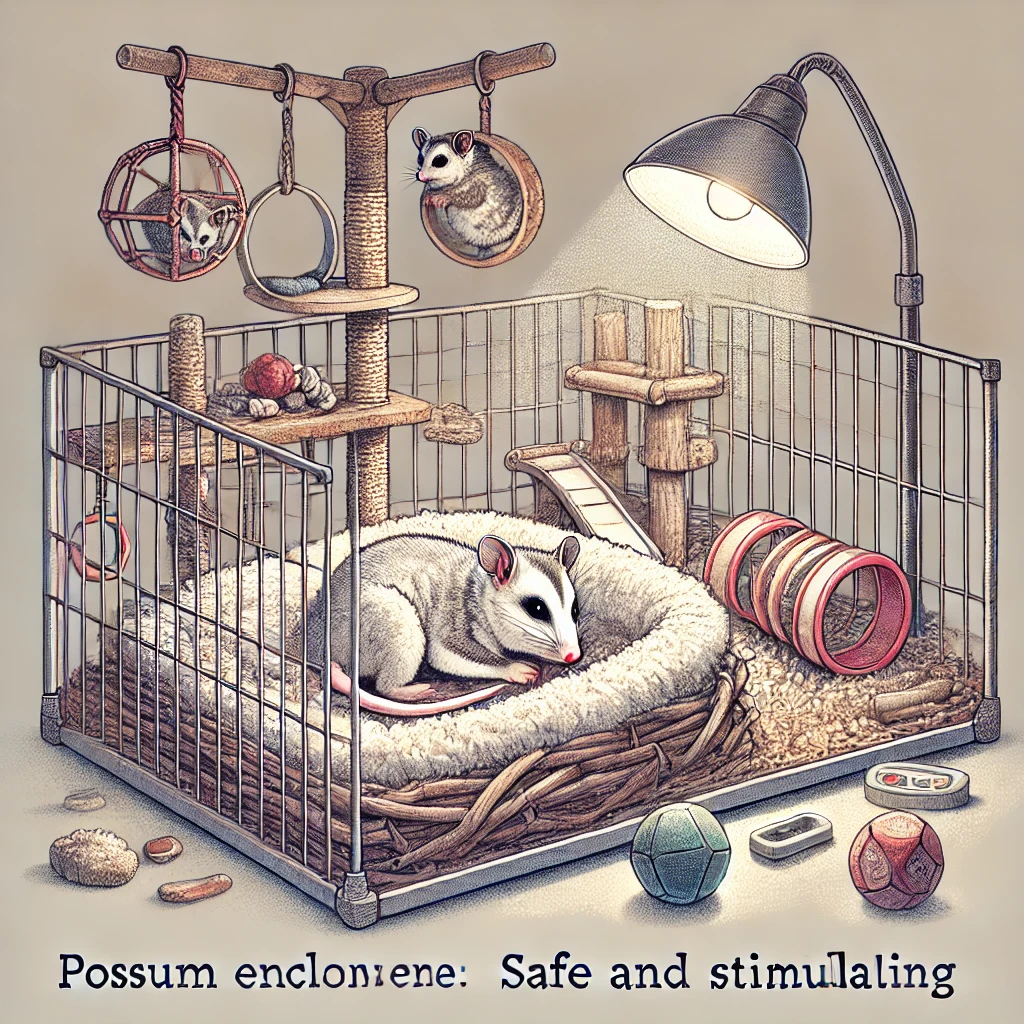
Health and Medical Care
Monitoring the health of a baby possum is crucial for early detection of any potential issues. Here’s what to watch for and how to address common health concerns:
Common Health Issues in Baby Possums:
- Dehydration: Baby possums are prone to dehydration, especially if they are not receiving adequate nutrition or hydration. Signs of dehydration include lethargy, sunken eyes, and dry skin.
- Infections: Monitor for signs of infections, such as discharge from the eyes or nose, sneezing, or changes in behavior. Prompt veterinary care is essential to address any infections.
- Parasites: Check for external parasites such as fleas or mites, and consult a veterinarian for appropriate treatment if necessary.
Signs of Distress or Illness:
- Behavioral Changes: Changes in behavior, such as lethargy, aggression, or reluctance to feed, may indicate an underlying health issue.
- Physical Symptoms: Watch for physical symptoms such as swelling, wounds, or abnormal stool, which may require medical attention.
When to Seek Veterinary Care:
- Unresolved Issues: If the joey exhibits signs of illness or distress that do not resolve with basic care, seek veterinary assistance promptly.
- Injuries: Any injuries, such as fractures or wounds, should be evaluated and treated by a veterinarian experienced in wildlife care.
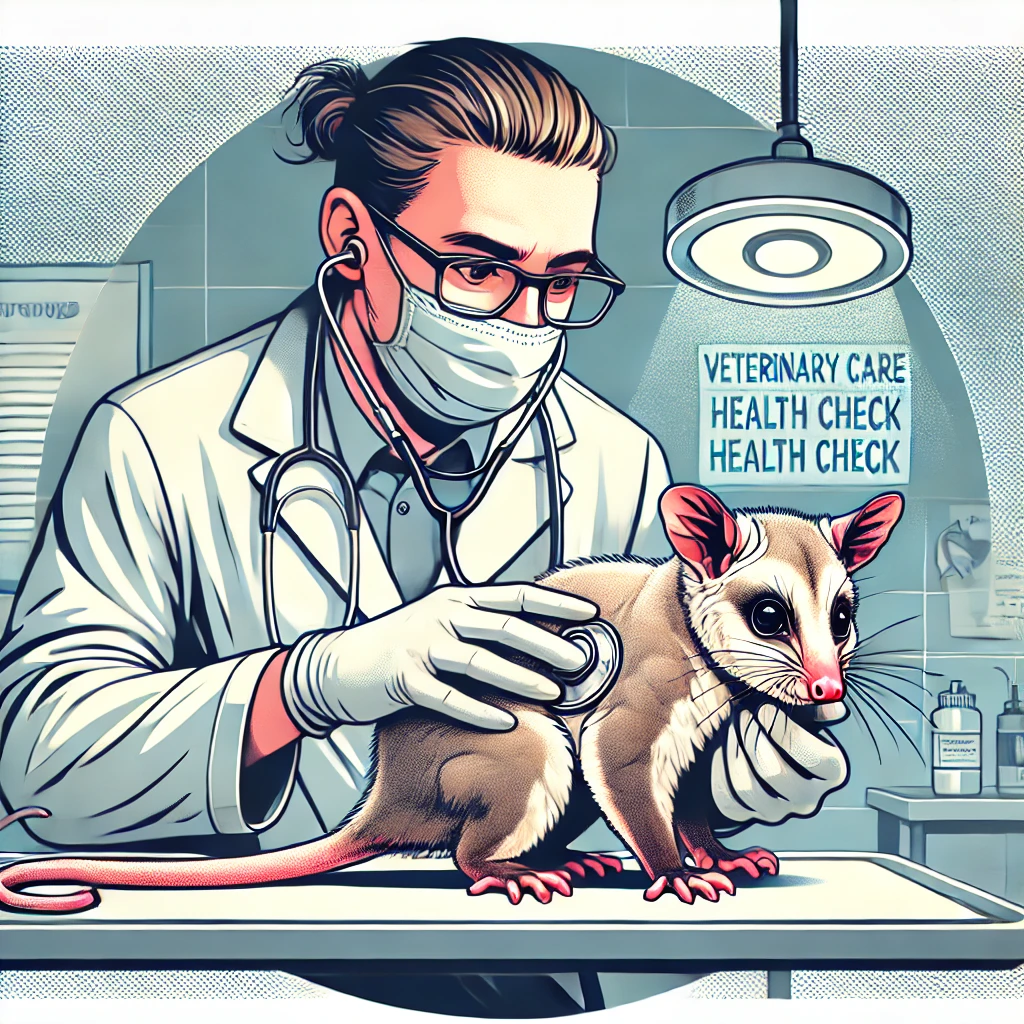
Rehabilitation and Release
The ultimate goal of caring for a baby possum is to prepare it for successful release back into the wild. Here’s how to ensure a smooth transition:
Preparing for Eventual Release into the Wild:
- Gradual Introduction: Gradually introduce the joey to outdoor environments to acclimate it to natural conditions. Allow it to explore under supervision and provide opportunities for foraging and climbing.
- Independence Training: Encourage independent behaviors, such as self-feeding and grooming, to prepare the joey for life in the wild.
Socialization and Behavioral Training:
- Social Interaction: If possible, provide opportunities for the joey to interact with other possums to develop social skills and reduce dependency on humans.
- Natural Behaviors: Encourage natural behaviors, such as foraging and climbing, to ensure the joey is equipped for survival in the wild.
Criteria for Successful Release:
- Physical Health: Ensure the joey is in good physical health, with no signs of illness or injury, before release.
- Behavioral Readiness: The joey should demonstrate appropriate behaviors, such as self-feeding and avoidance of predators, indicating readiness for independent life in the wild.
- Optimal Environment: Choose a suitable release site with abundant food sources, shelter, and minimal threats from predators or human activity.
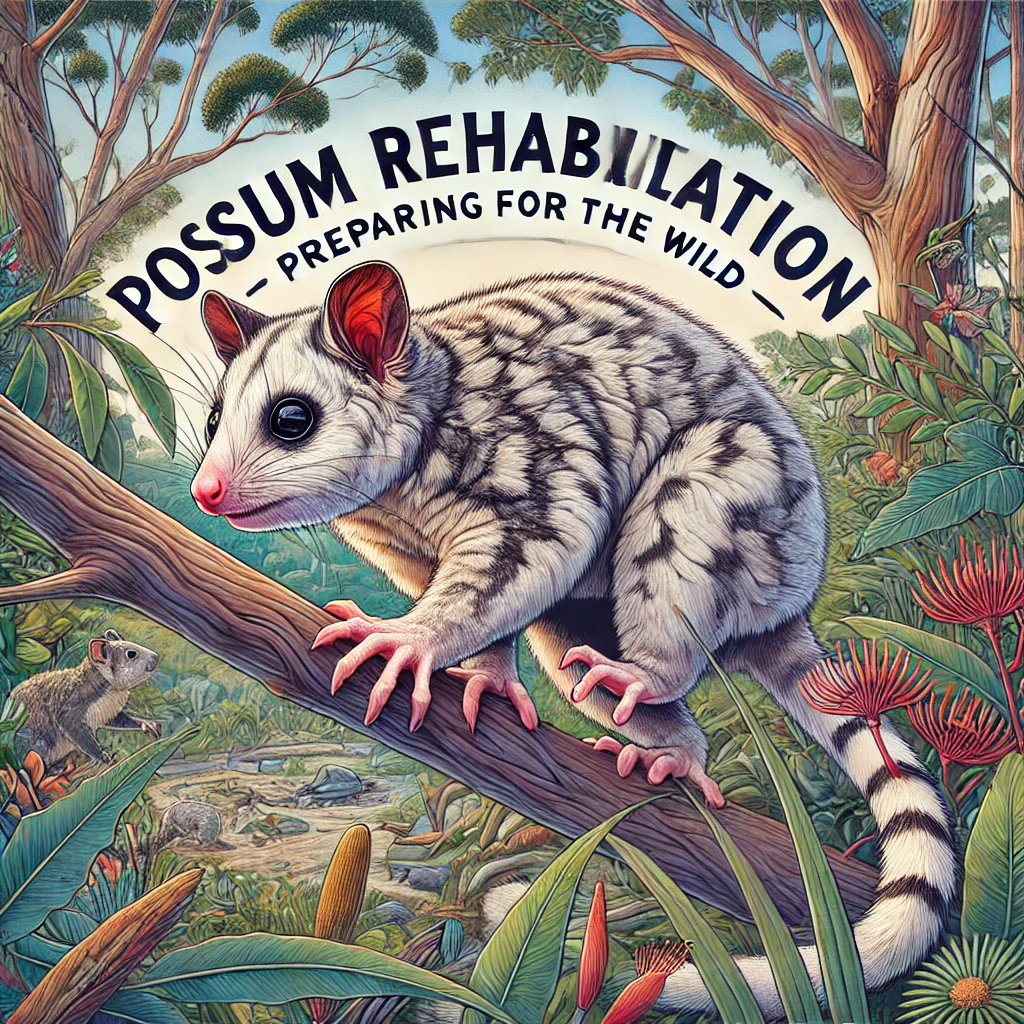
Alternative Learning Topics
In addition to caring for baby possums, there are several related topics that provide valuable insights into the broader context of wildlife conservation and management in Australia:
Conservation Efforts for Possums in Australia:
- Habitat Preservation: Explore initiatives aimed at preserving and restoring natural habitats for possums and other native wildlife.
- Threat Mitigation: Learn about efforts to mitigate threats such as habitat loss, road accidents, and predation, which impact possum populations.
Differences Between Possums and Opossums:
- Geographic Distribution: Understand the differences between Australian possums and American opossums, including their habitats and ecological roles.
- Biological Characteristics: Explore the unique characteristics of each species, highlighting their adaptations and behaviors.
Role of Wildlife Carers and Rehabilitation Centers:
- Wildlife Carers: Discover the vital role of wildlife carers in supporting injured and orphaned wildlife, including possums.
- Rehabilitation Centers: Learn about the work of rehabilitation centers in providing care, treatment, and eventual release of wildlife back into their natural habitats.
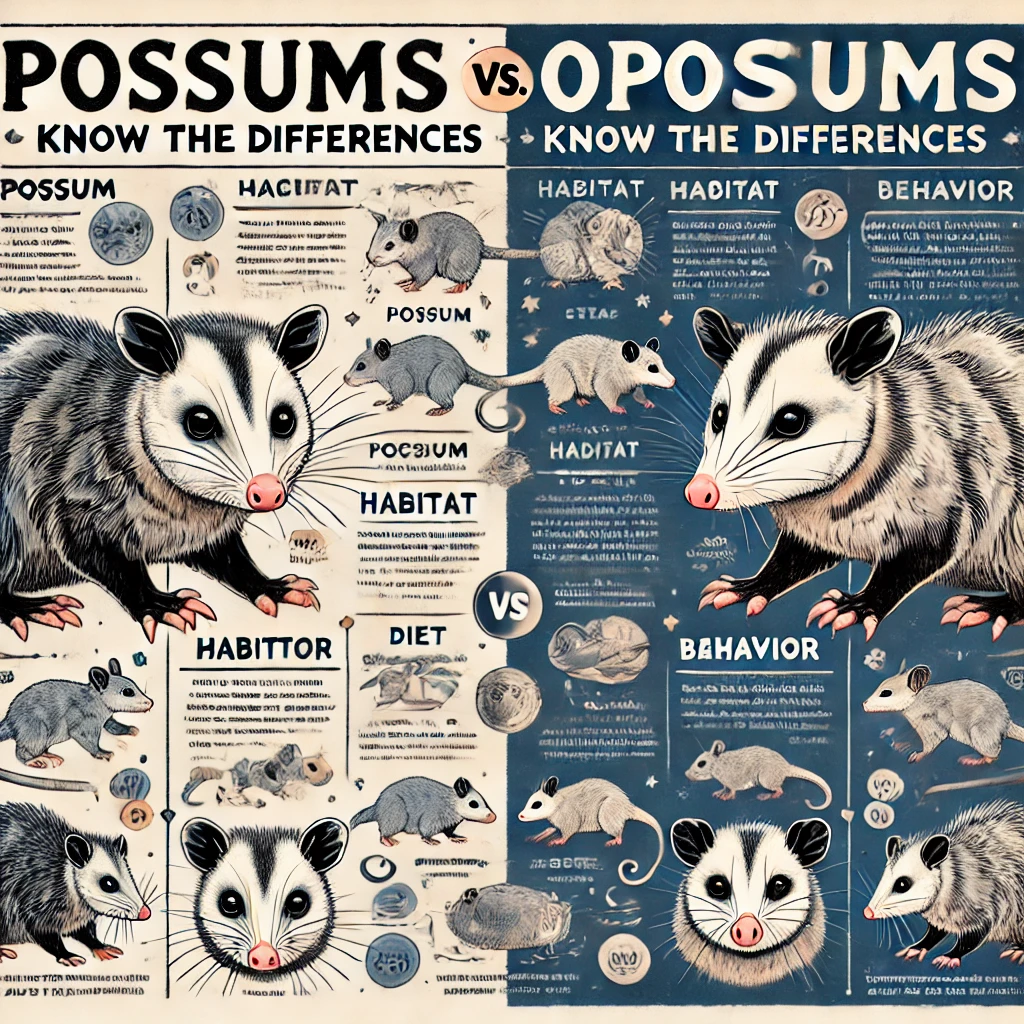
Conclusion
Caring for a baby possum in Australia is a rewarding and impactful endeavor that requires dedication, knowledge, and compassion. By understanding the unique needs of baby possums and following best practices for their care and rehabilitation, we can contribute to the conservation and well-being of these remarkable creatures.
Whether you’re a wildlife carer, veterinarian, or concerned citizen, your efforts can make a significant difference in the lives of baby possums and the broader ecosystem. By fostering a sense of responsibility and stewardship for Australia’s native wildlife, we can ensure a healthier and more sustainable future for all.

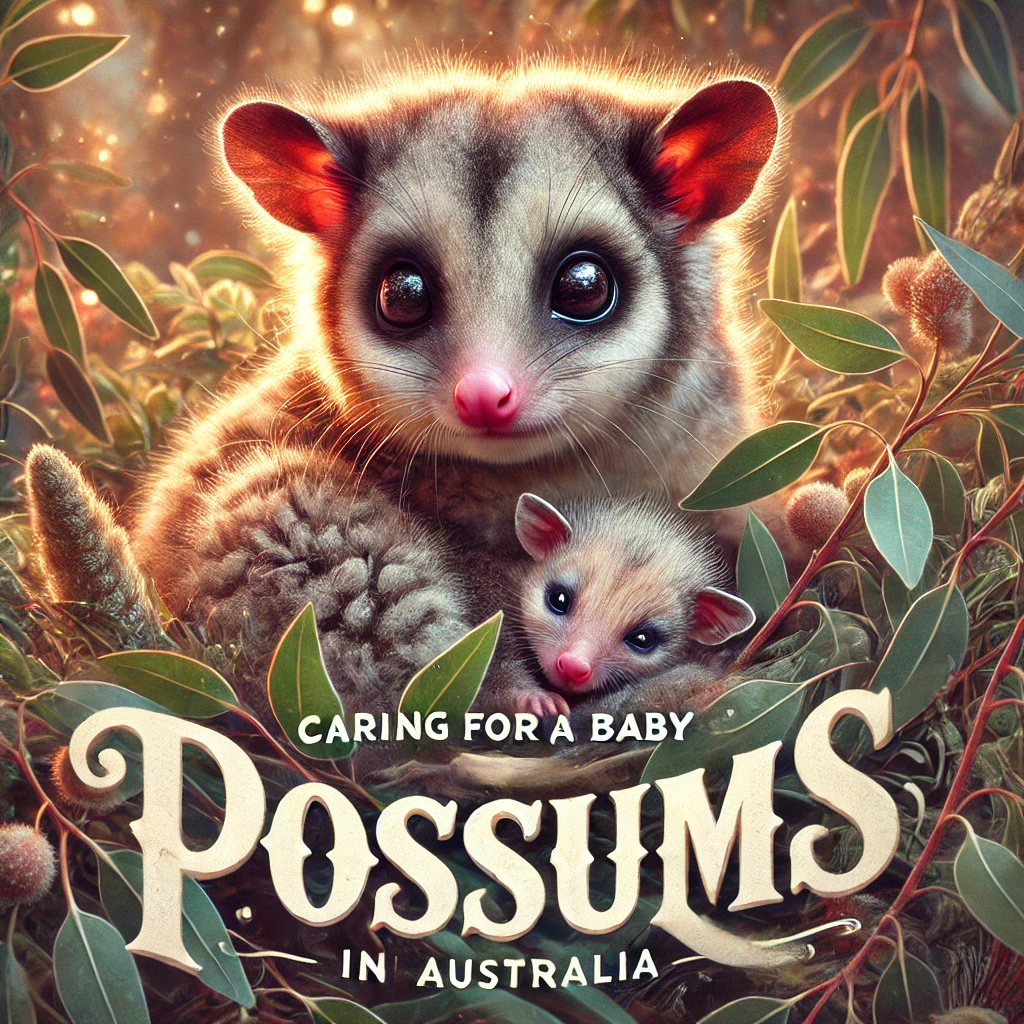


I was just as fascinated by your creations as you were. The sketch you’ve presented is elegant, and the material you’ve written is sophisticated. Yet, you seem concerned about the prospect of embarking on something that could be perceived as dubious. I’m confident you’ll be able to resolve this issue quickly.
Amazing blog design! How long have you been blogging? You make it seem effortless. The appearance of your site is fantastic, and the content is just as impressive.